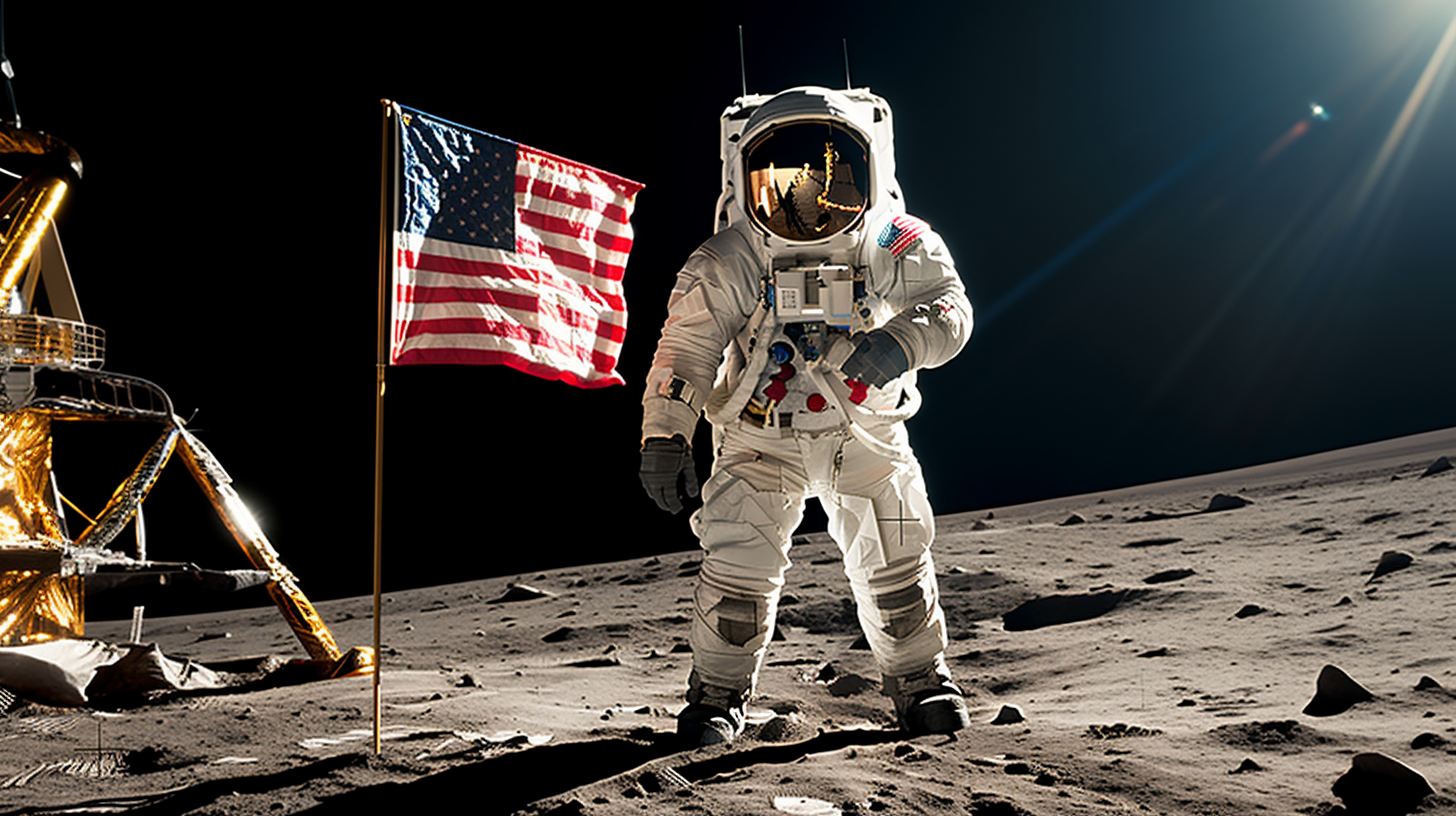During the 1950s, an era characterized by captivating science fiction narratives, Wernher von Braun formulated a plan to transform these imaginative tales into actuality. Combining the roles of scientist, engineer, and visionary, von Braun left an indelible mark on the narrative of space exploration. The seeds were sown in 1952, when illustrations depicting extraterrestrial life were featured in Collier’s magazine.
The launch of Sputnik by the Soviet Union in 1957 sparked a new wave of interest in space exploration among the American populace. Leveraging his original V2 rocket blueprints, von Braun played a pivotal part in launching the first American satellite into space and subsequently, putting a human in orbit.
However, the pinnacle of achievement was yet to be reached. On July 20, 1969, a 57-year-old von Braun observed from mission control as an astronaut took the historic step onto the lunar landscape, marking a significant milestone for humanity. The once inconceivable had become a tangible reality.
The swift evolution from early space endeavors to the Moon landing within a span of six decades remains a monumental triumph. The technological advancements made during this period were truly extraordinary. But what enabled von Braun and his team to possess the intricate expertise necessary for such precision?

Executing the complex calculations to reach the Moon demanded utmost precision. Even the slightest deviations in trajectory or minor adjustments in speed could result in missing the lunar orbit. The real-time orbital corrections represented a remarkable accomplishment. Yet, the origins of this profound understanding remained a mystery.
Speculations abound that extraterrestrial knowledge might have played a role. Was it conceivable that von Braun and his team accessed advanced insights that propelled them into uncharted territories of science and engineering? This notion raises thought-provoking inquiries.
The exacting specifications required for the Moon landing, from precise lunar gravitational forces to the optimal Earth orbit escape velocity and the spacecraft’s susceptibility to cosmic radiation, appear almost too meticulous for the technological capabilities of that era. Could extraterrestrial influences have influenced this detailed process?
Beyond lunar expeditions, von Braun envisioned the establishment of space colonies. Could this audacious vision have been sparked by influences beyond our earthly realm? Was von Braun guided not only by his intellect but also by a superior extraterrestrial influence? Perhaps the Moon landing, a pinnacle of human achievement, was facilitated by a touch of extraterrestrial assistance?
While these contemplations linger in the realm of speculation, the notion of a cosmic link between human creativity and potential extraterrestrial intervention adds a captivating dimension to the Moon landing saga. As we delve deeper into the mysteries of the cosmos, perhaps one day, the truth behind whether our significant leap for mankind received a celestial push will be unraveled.
